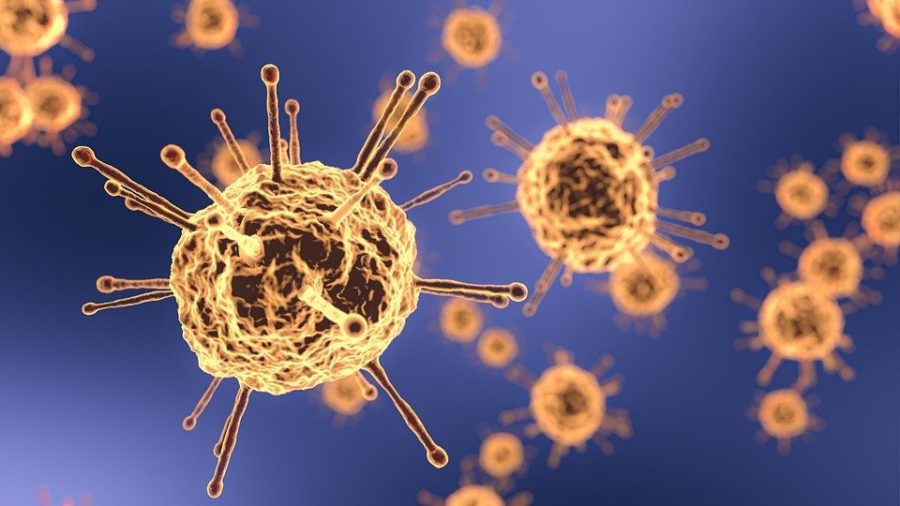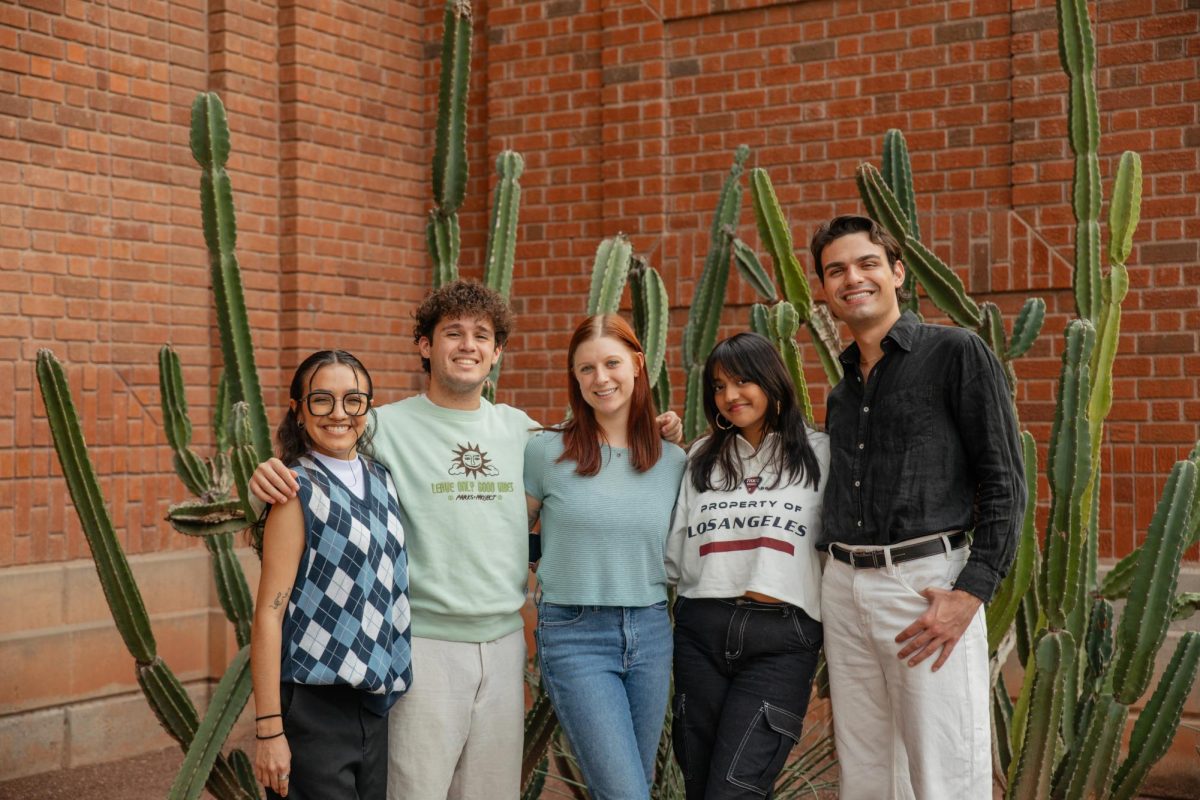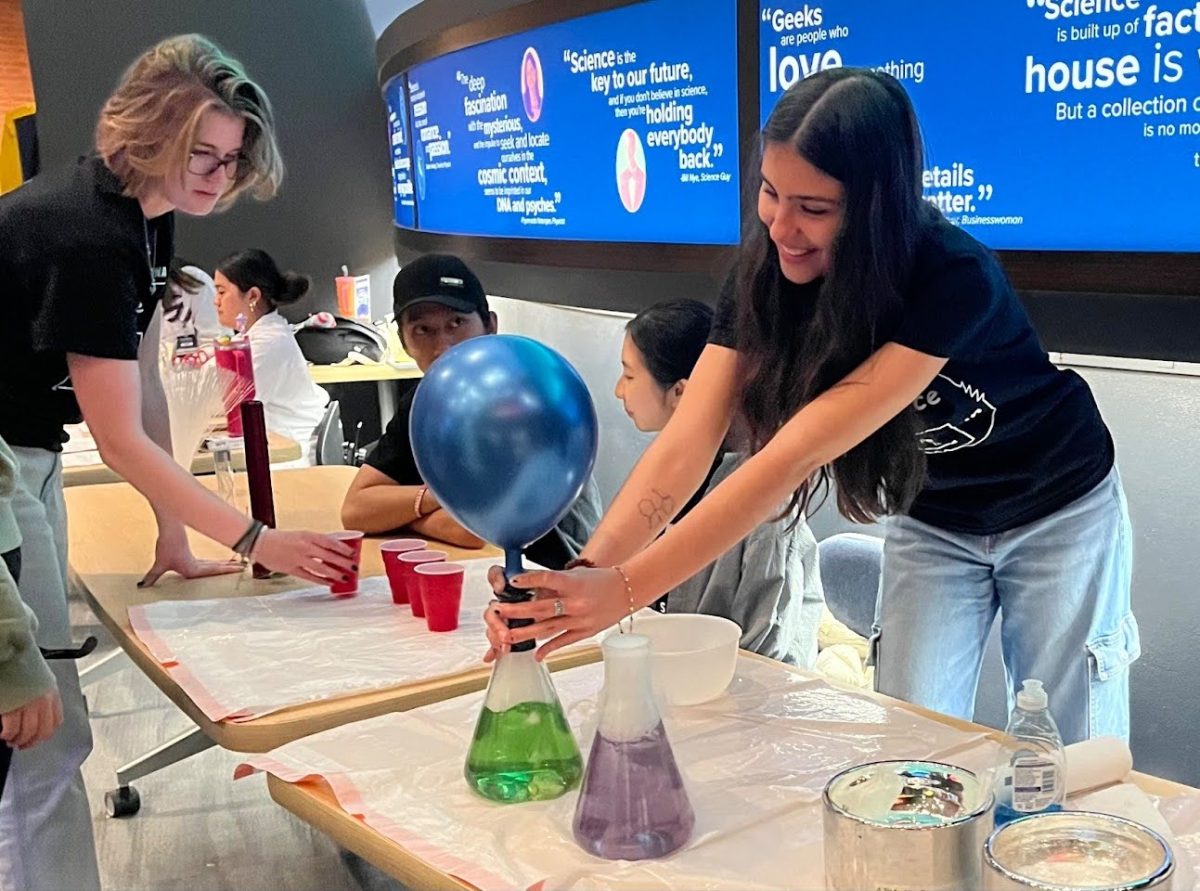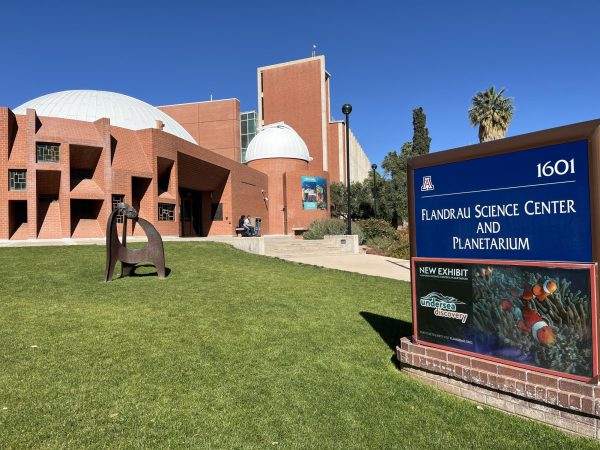The University of Arizona startup, Botanisol Analytics, has won a $1.5 million contract to build systems for the Air Force Research Laboratory.
The system they have built is a machine with sensors that can instantly analyze the chemical makeup of a virus test sample. The system was invented by Tom Milster who is an optical sciences professor at UA.
The process for inventing these devices is a standard protocol through UA’s Inventor Portal, where inventors first make an invention disclosure. The disclosure is reviewed by Tech Launch Arizona. If successful, a provisional patent is filed, followed by a non-provisional filing about one year later, according to Milster.
“The sensitivity of the technique goes as one over the wavelength to the fourth power. That is, compared to an instrument using a laser at the one-micrometer wavelength, which is a color too red for the eye to see, our instrument would be over four thousand times as sensitive,” Milster explained in an email. “The one-micrometer wavelength is a common wavelength used in similar instruments today. The technique does not actually detect viruses. It detects changes in the cellular membrane that are affected by the virus.”
The goal of these devices in regard to COVID-19 is to be a significant advancement for an instrument to be developed quickly — within one minute — to detect the presence of the virus. The instrument should be small and light, operate from standard power outlets and operate with minimally trained personnel. Its best use would probably be as a pre-screening test for PCR, or polymerase chain reaction, or antibody tests, which are more specific to COVID-19 and other pathogens, Milster explained.
Milster came up with this invention because he had a National Science Foundation grant about five years ago that involved using the light source for microscopy. He started working on the Raman instrument, which is the one that is being developed for pathogen detection, in January of this year.
“I got the idea with my co-inventors that it would be a good way to do Raman spectroscopy, so we filed the disclosure,” Milster said in an email.
RELATED: Dr. Christian Bime: Fighting the pandemic one patient at a time
Accordingto Milster, he was granted a research sub-contract through Botanisol Analytics which helped with the process for receiving the $1.5 million Air Force contract. Tech Launch Arizona is the office of the UA that leads the commercialization of inventions stemming from the innovative work of university faculty, researchers and staff.
“When those inventions will be the basis for a startup, TLA provides guidance and educational resources to aid in the development of the company prior to launch,” according to Douglas Hockstad, TLA Assistant Vice President of Technology Transfer, in an email. “TLA hosts a program called I-Corps that is specifically designed to teach concepts related to starting a company and identifying potential customers and their needs.”
TLA also matches an experienced entrepreneur, called a Mentor-in-Residence, to every startup. MIRs role is to help guide the team that will be taking the startup forward.
TLA partners with other university entities such as Tech Parks Arizona, the UA Center for Innovation and UA Forge, as well as the business and entrepreneurial community. TLA does this to engage the entire ecosystem to support the startup process, bringing together the people and resources needed to maximize the impact of UA startups and inventions.
“It is always our hope that UArizona technologies will create social and economic impact … making a better world,” Hockstad said in an email. “In this case in particular, we are excited by the prospects of a better and faster way to diagnose COVID-19 in patients and potentially help reduce further spread.”
Follow Jillian Bartsch on Twitter









